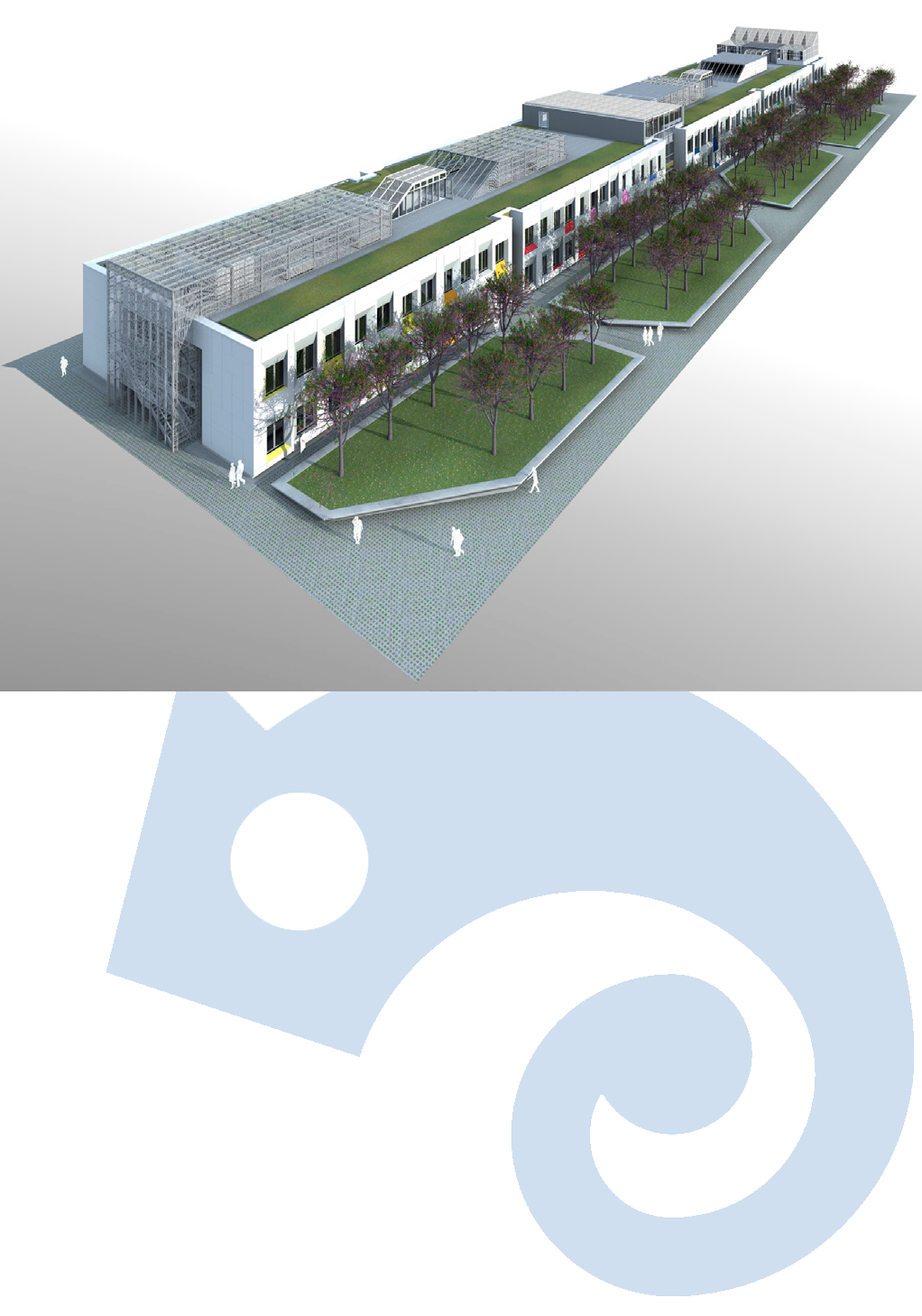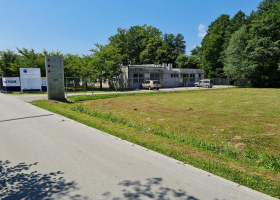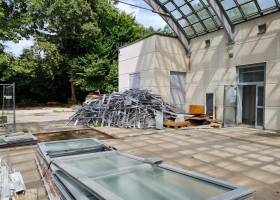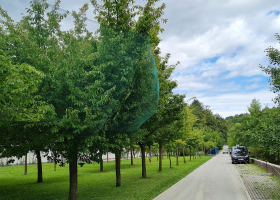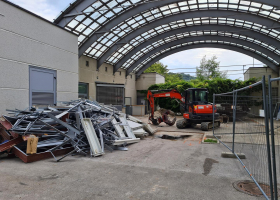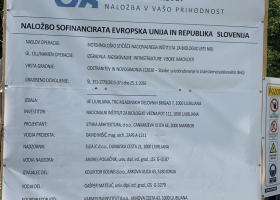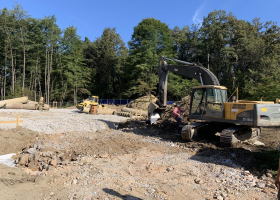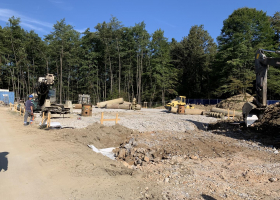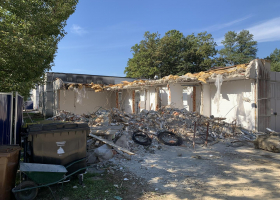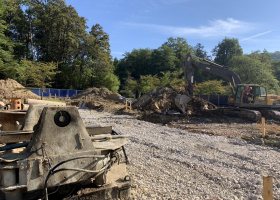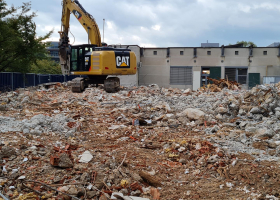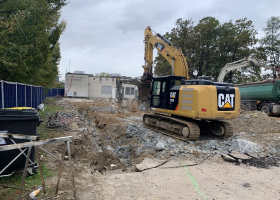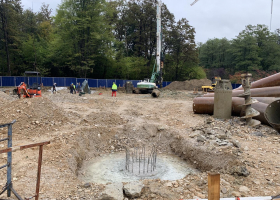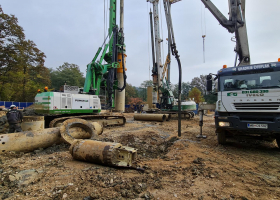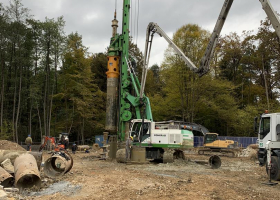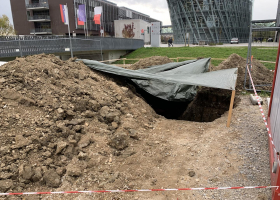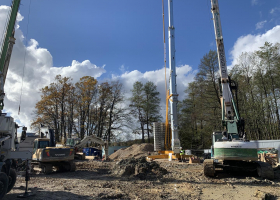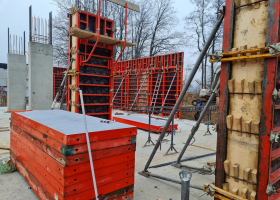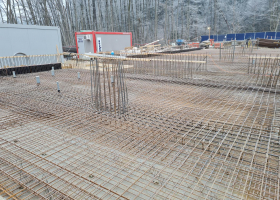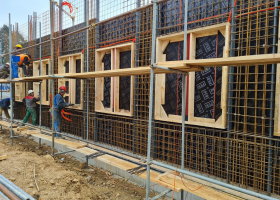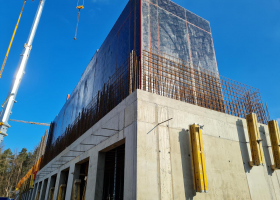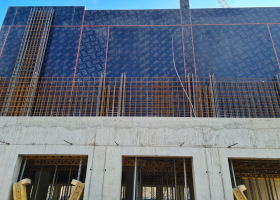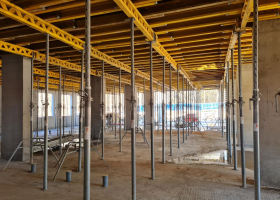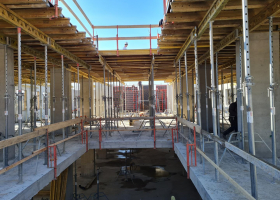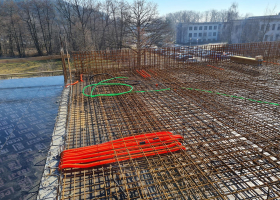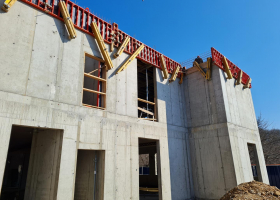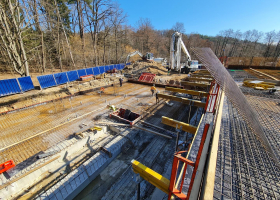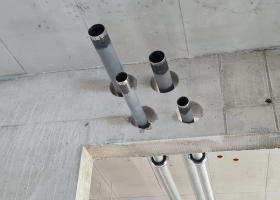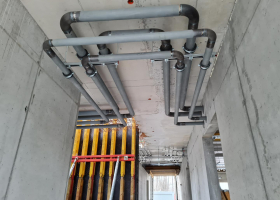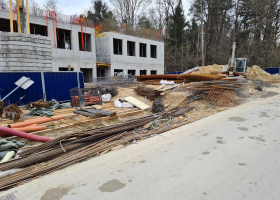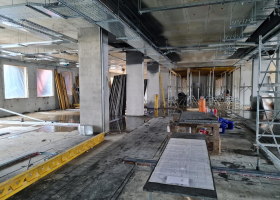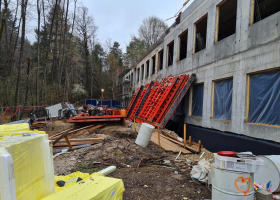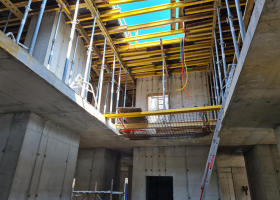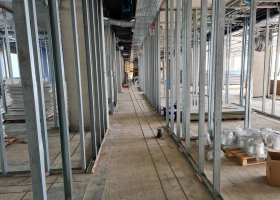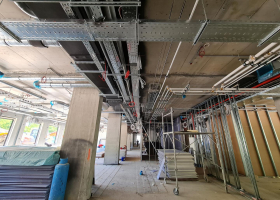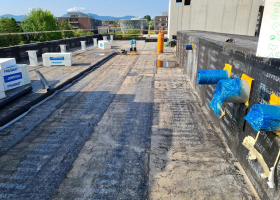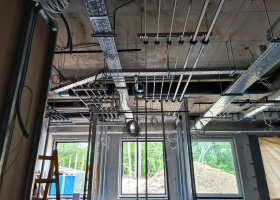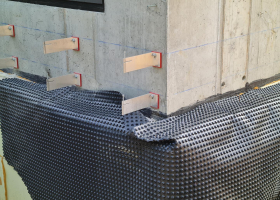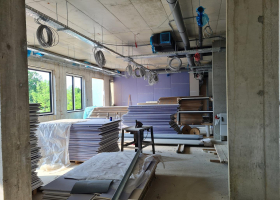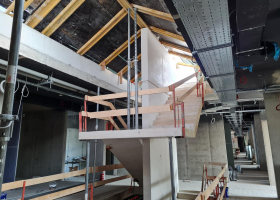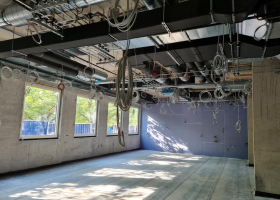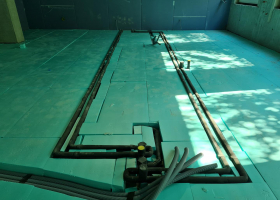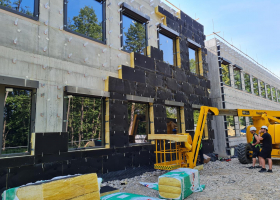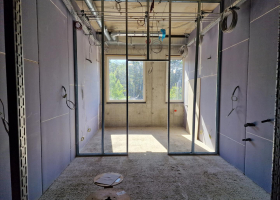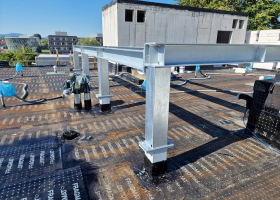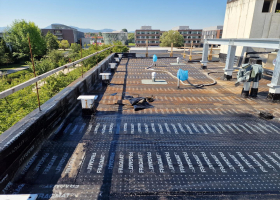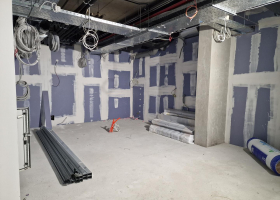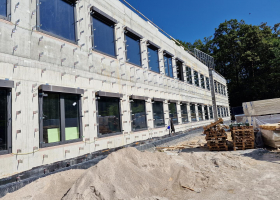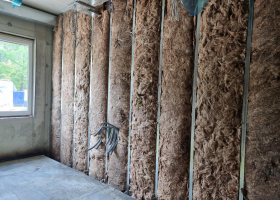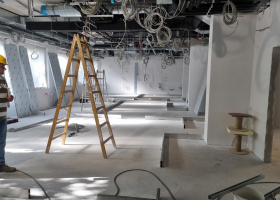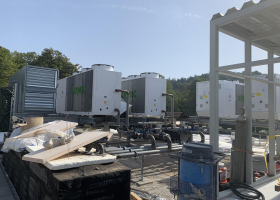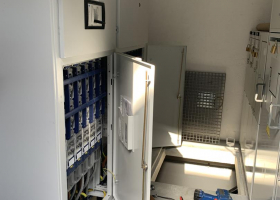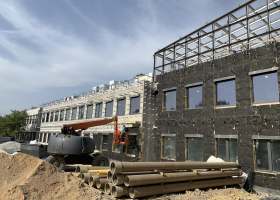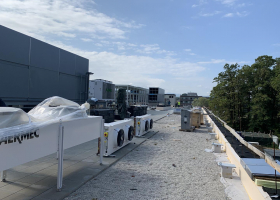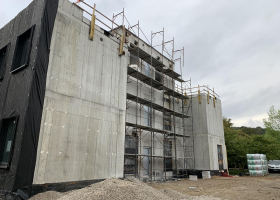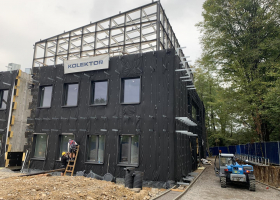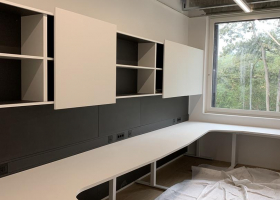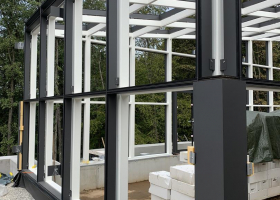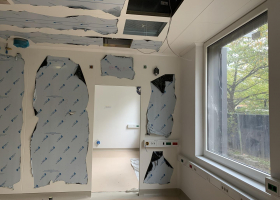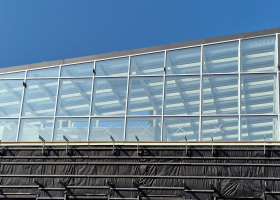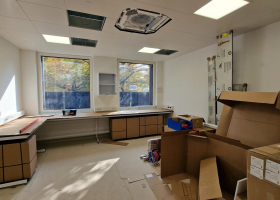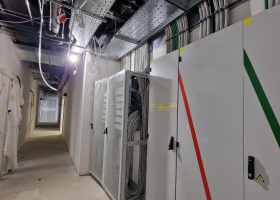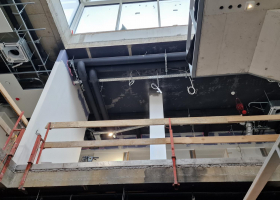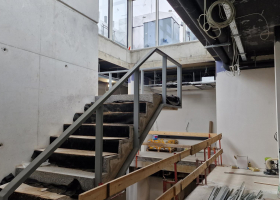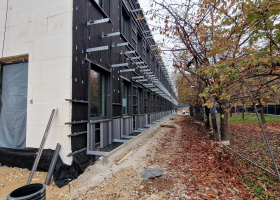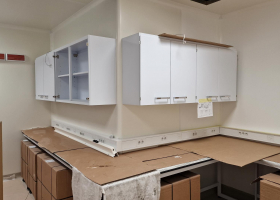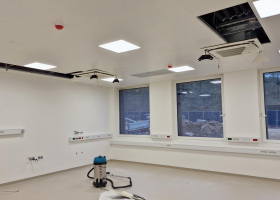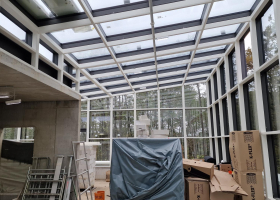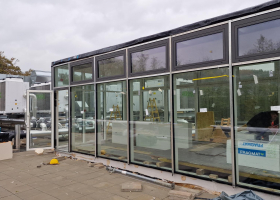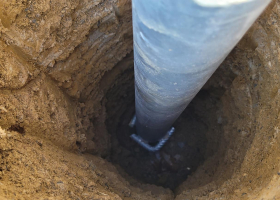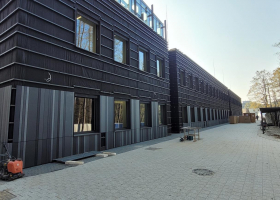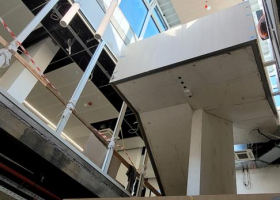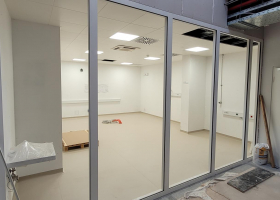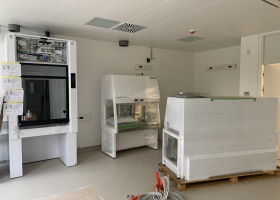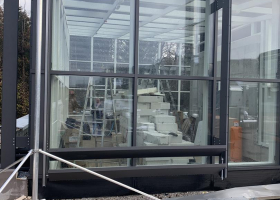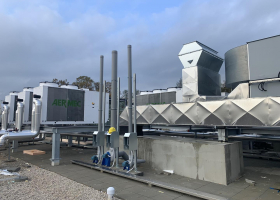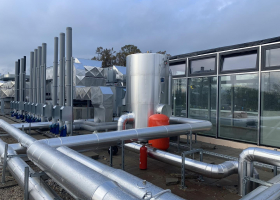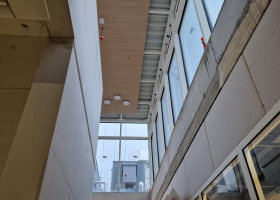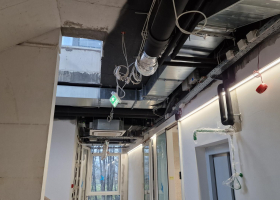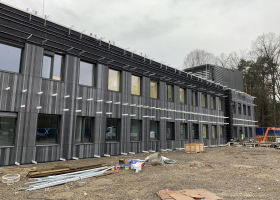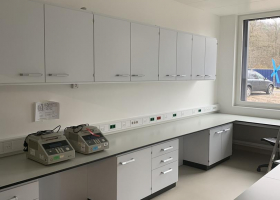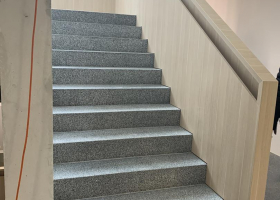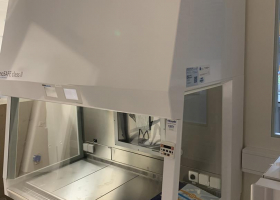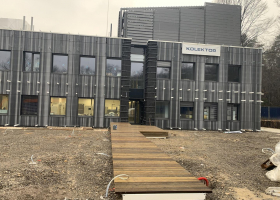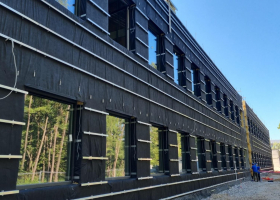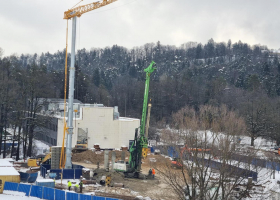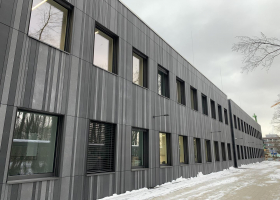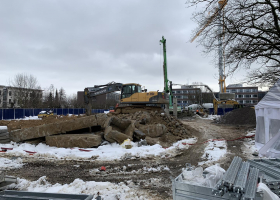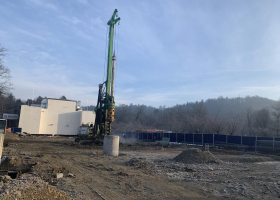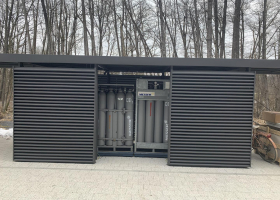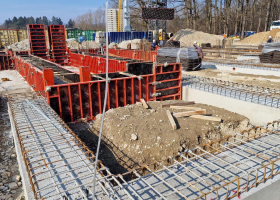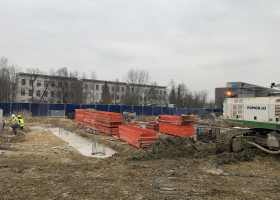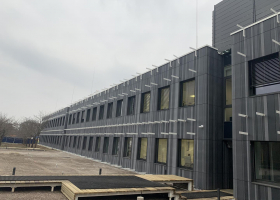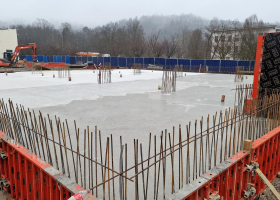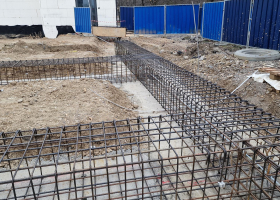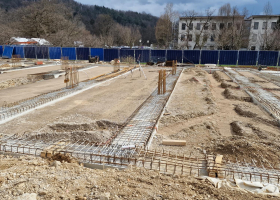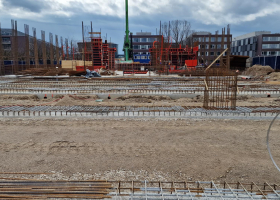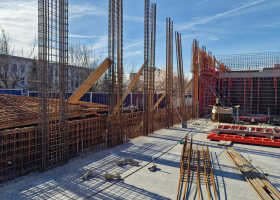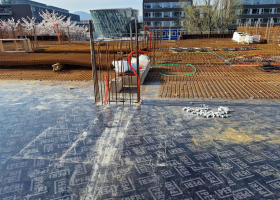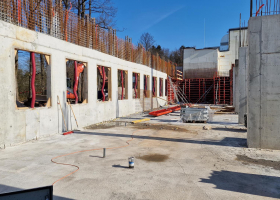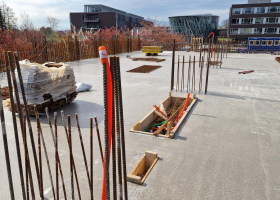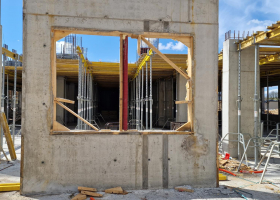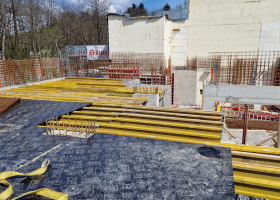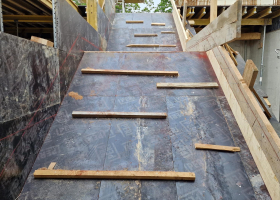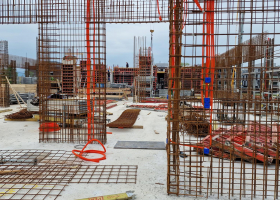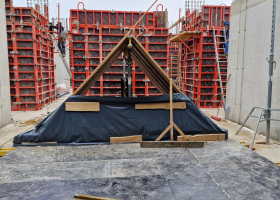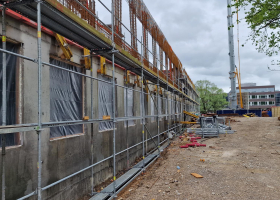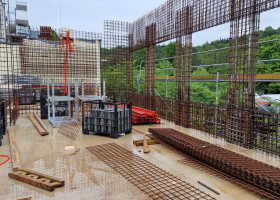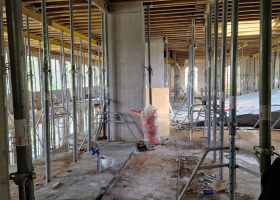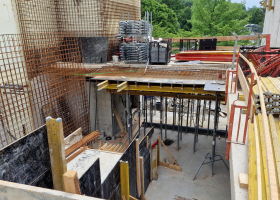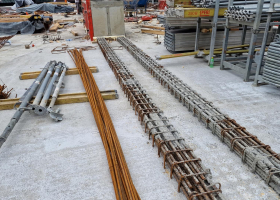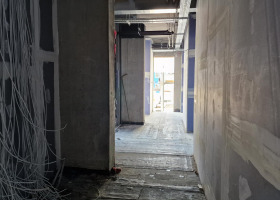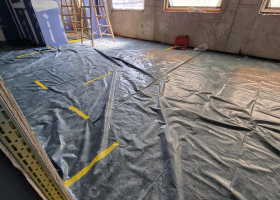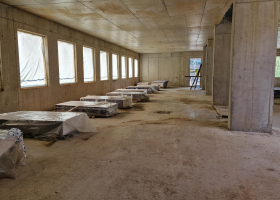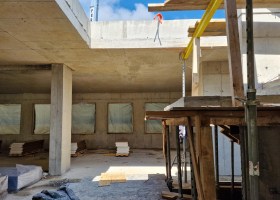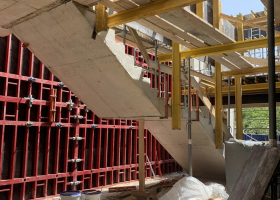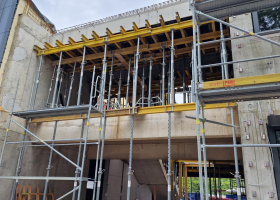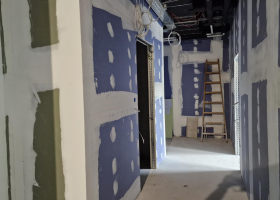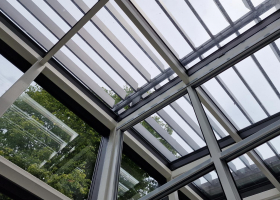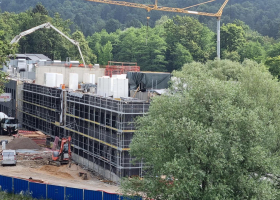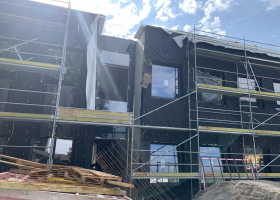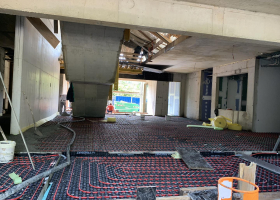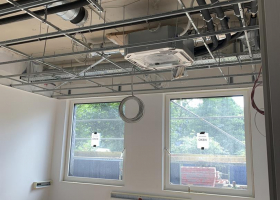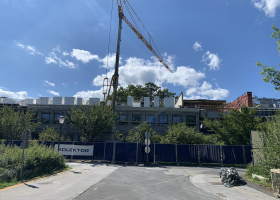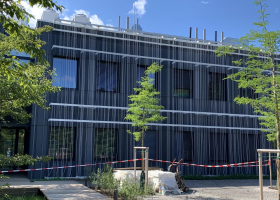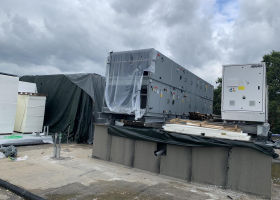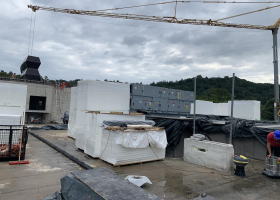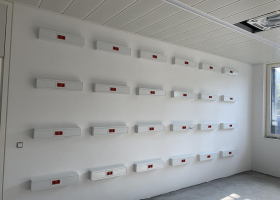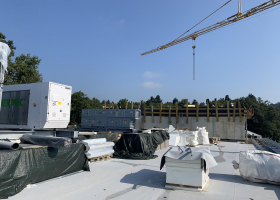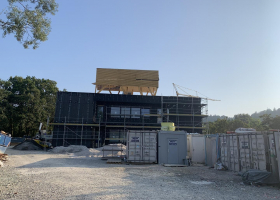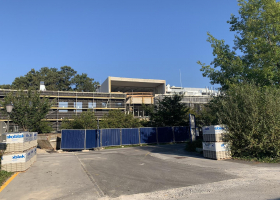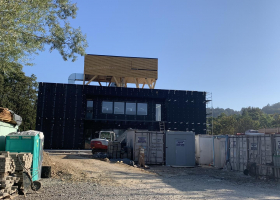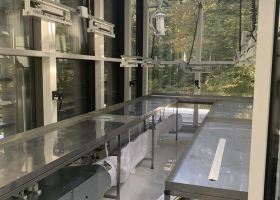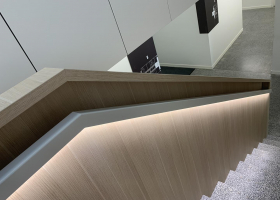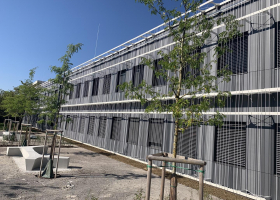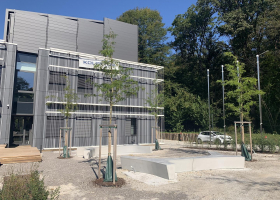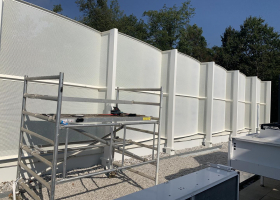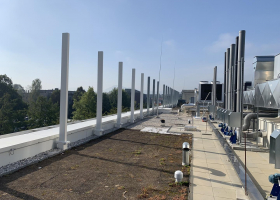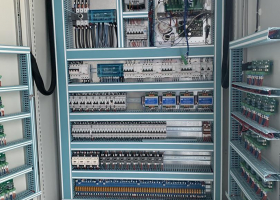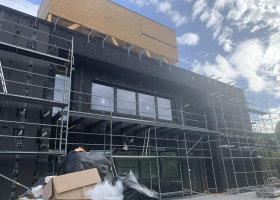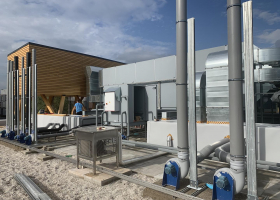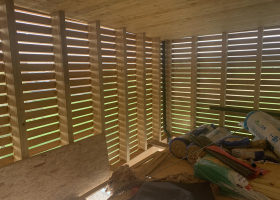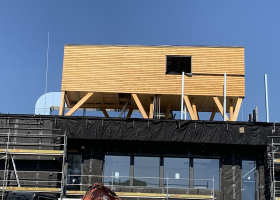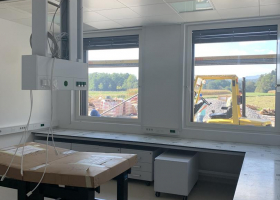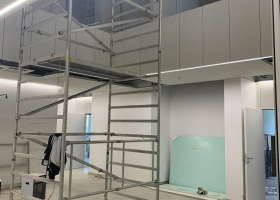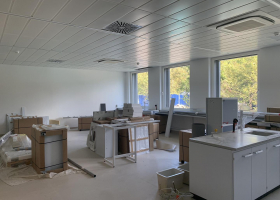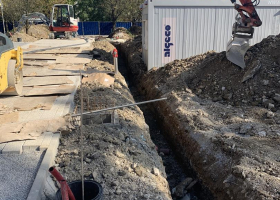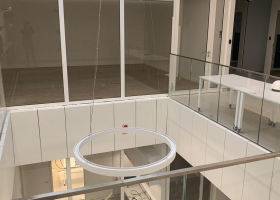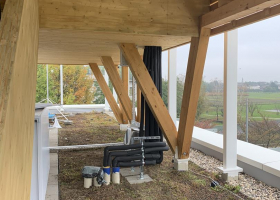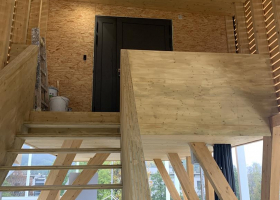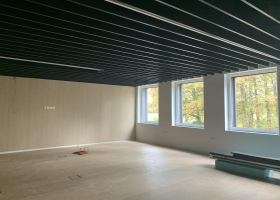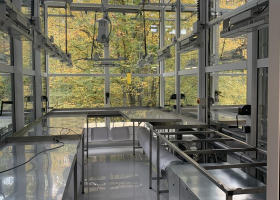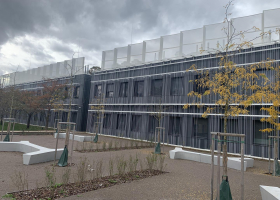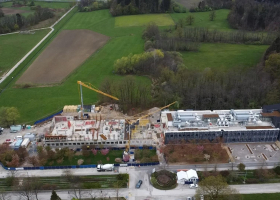Presentation of the investment project



The investment is co-financed by the Republic of Slovenia and the European Union from the European Regional Development Fund. Link to the website of the EU Cohesion Policy in Slovenia: www.eu-skladi.si.
Biotechnological Hub of the NIB (BTH-NIB) is an investment project of the construction of high-quality research infrastructure at the address Večna pot 121, SI-Ljubljana.
In autumn 2023, the relocation of the National Institute of Biology (NIB) to the Biotechnology Hub (BTH-NIB) was completed. This marks the realisation of a 15-year-long effort to provide the NIB with a building equipped with state-of-the-art research equipment and infrastructure, and thus with the appropriate conditions for cutting-edge research work.
The NIB has shared the premises with the Department of Biology of the Biotechnical Faculty at the University of Ljubljana since 1995. However, the then-new building of the Biological Centre on Večna pot in Ljubljana soon became too small due to the expansion of both institutions. The NIB gradually converted the auxiliary rooms and garages of the Biological Centre into laboratories, and containers were installed for this purpose. The solution was meant to be temporary but the premises where NIB carried out more than half of its research work remained in use until 2021. Researchers have been working in extremely difficult conditions in recent years.
In the summer of 2021, after years of effort, construction of the BTH-NIB started on the site. The first phase of construction was completed in autumn 2022, when the Department of Biotechnology and Systems Biology and the Department of Genetic Toxicology and Cancer Biology moved into the building. In autumn 2023, when the construction and fitting-out of the building was fully completed, the Department of Organisms and Ecosystems Research and Shared Services moved in. The premises and research equipment of the BTH-NIB are also available to the Marine Biological Station Piran, which opens up new dimensions for marine ecosystem research. The two-phase relocation was very challenging for the construction and fit-out contractors as well as for the researchers, as the Institute's research work had to run smoothly at all times.
The available space at the BTH-NIB has been used extremely rationally. The laboratories, offices, lecture rooms, Shared Services offices and departmental offices are located on the ground and first floors. In addition to the machine installations, a research apiary (the so-called apiarium) and a quarantine greenhouse are located on the roof of the building. The apiary is dedicated to the rearing and research of bumblebees and solitary bees, important but poorly studied wild pollinators of plants. The greenhouse consists of a series of quarantine chambers for studying plants in simulated and carefully controlled conditions. The basic structure of the building has been designed in such a way that adaptations can be made without major investments.
The architectural design of the building is modular, with multiple sectors and individual entrances to the departments. Internal communication within the building is limited due to controlled access and clean pathways. The interior of the building meets all the criteria for scientific research, teaching and laboratory work processes. The external layout follows the principles of sustainability and integration into the surroundings, as the building is located in the Tivoli, Rožnik and Šišenski hrib Landscape Park. In the architectural design of the building and its construction, particular attention was paid to its location at the edge of the forest, next to a stand of black alder trees, and to the preservation of a grove of Japanese cherry trees, a gift from Japan to the Republic of Slovenia. The extent of paved areas is limited, with priority being given to shrubs, a new tree plantation, and grassed areas. The eastern façade contains elements of environmentally sustainable greenery, the building is passively shaded by a grove of climbing plants, and the roof is also partly greened.
In addition to research, the new facilities and laboratories also allow for the organisation of specialised training courses at the international level. As the NIB cooperates with many domestic and foreign research and educational institutions and companies, the BTH-NIB is an asset also for them and for the Slovenian scientific community as a whole. The BTH-NIB allows for the expansion of research areas and significantly improves the conditions for research activities, focusing on the environment, pollution, climate changes, biotechnology, and provision of healthy and safe food, as well as plant, animal, and human health. The BTH-NIB has been recognised by the European Commission as a model project – a state-of-the-art scientific infrastructure that will enable the NIB to accelerate its development at home and in the region. The BTH-NIB will enable the Institute to pursue its mission – to create knowledge that improves the quality of life for people and preserves nature – even more consistently.
|
|
|
|
|
Press Release:
Construction progress: 2021
Construction progress: 2022
Photo Gallery
Construction progress: 2023
Photo Gallery



The investment is co-financed by the Republic of Slovenia and the European Union from the European Regional Development Fund. Link to the website of the EU Cohesion Policy in Slovenia: www.eu-skladi.si.






